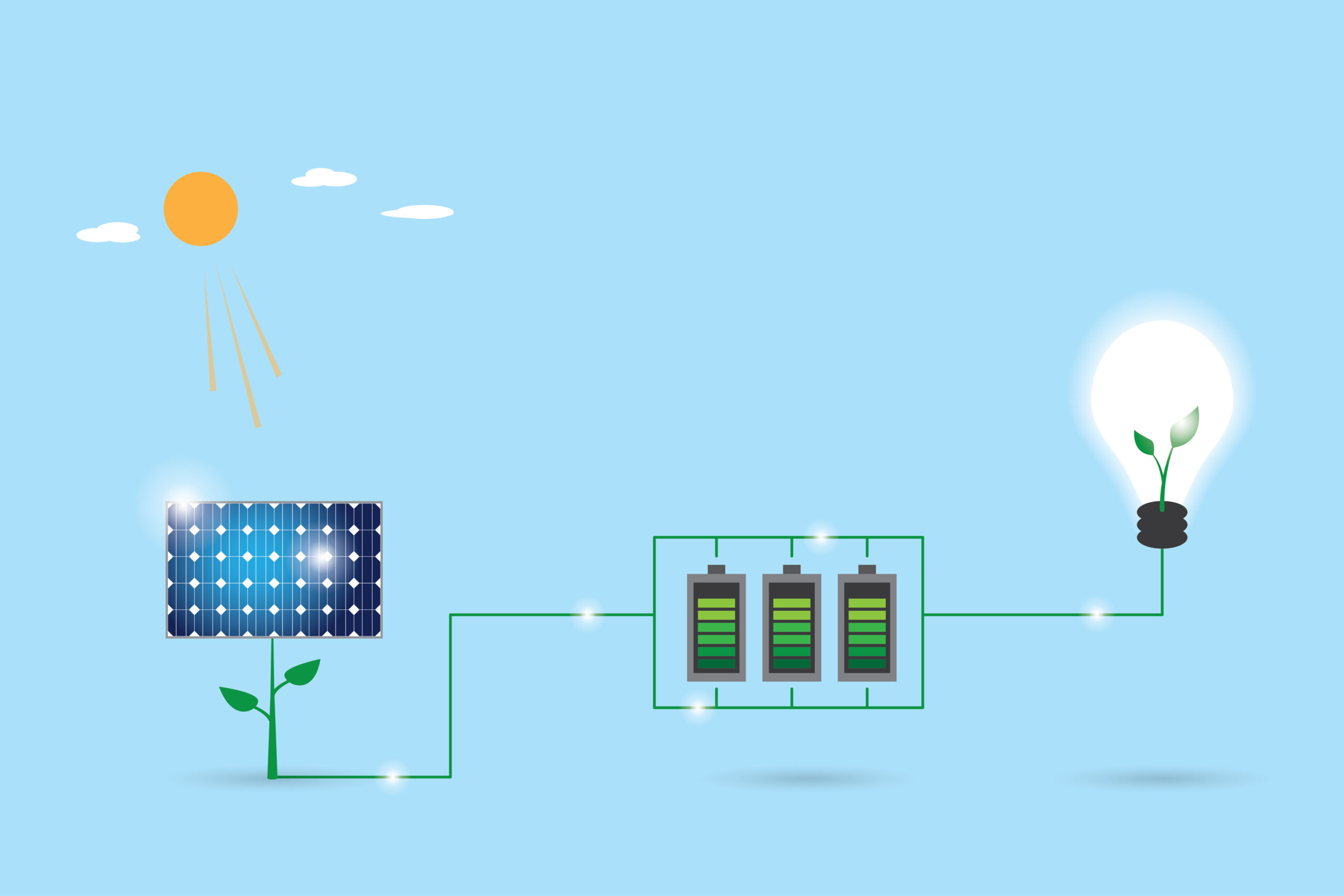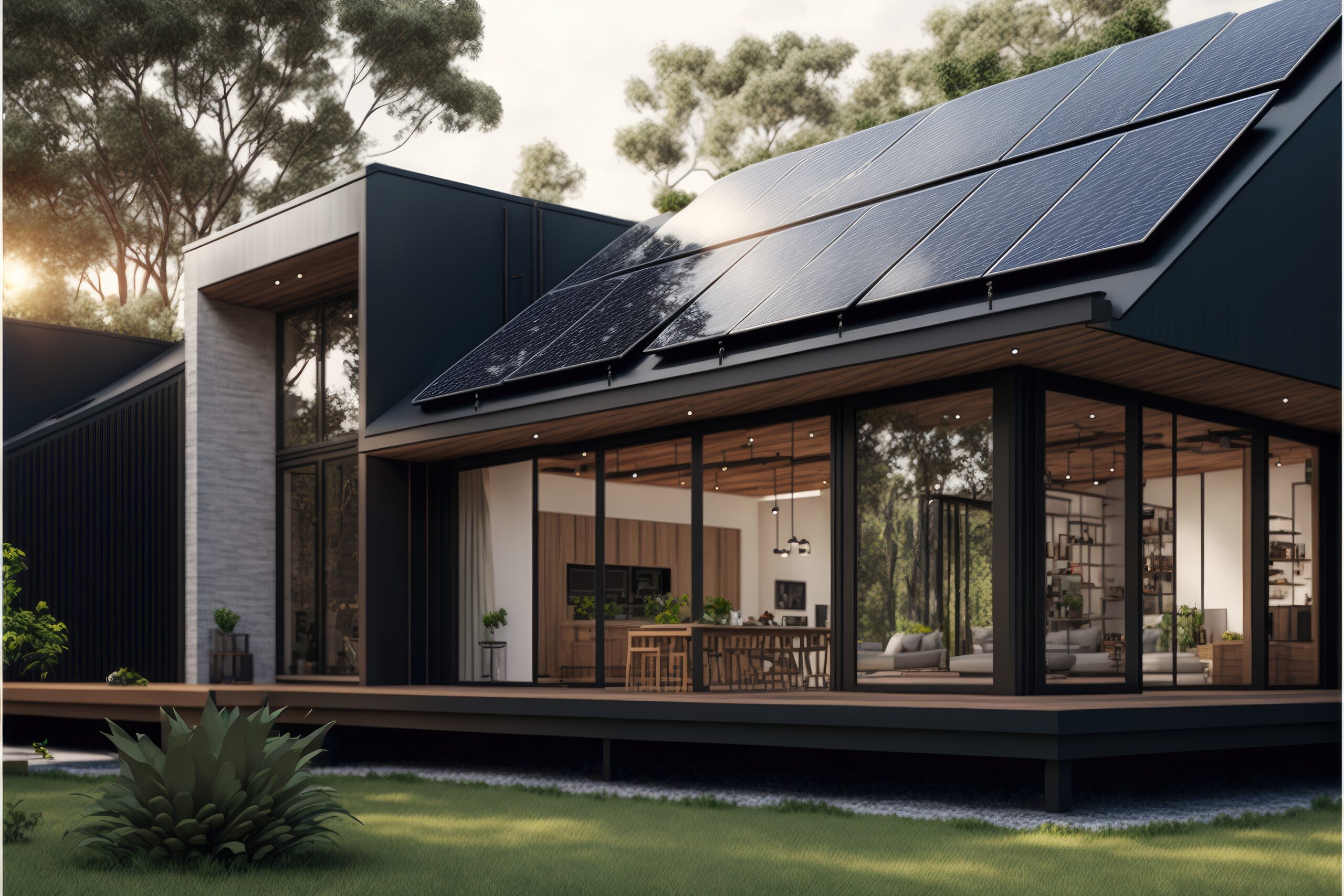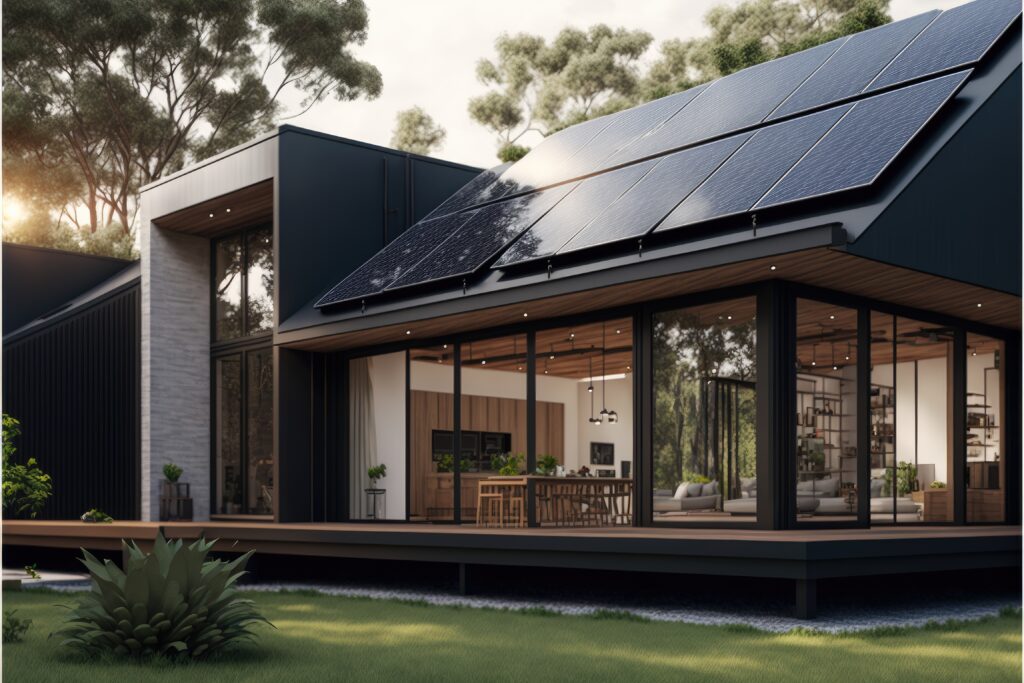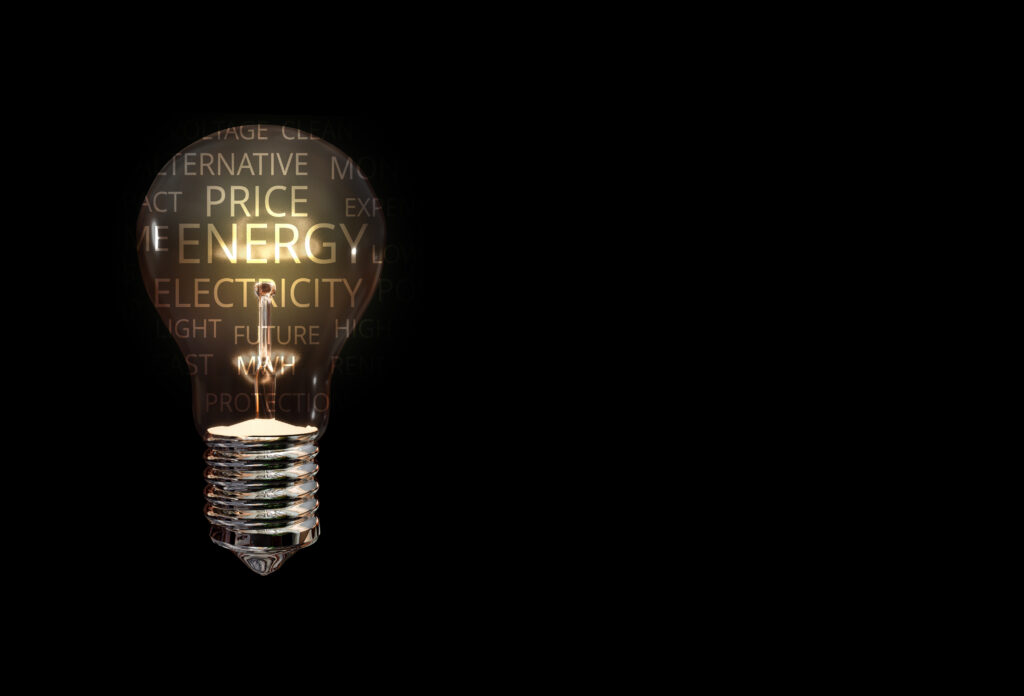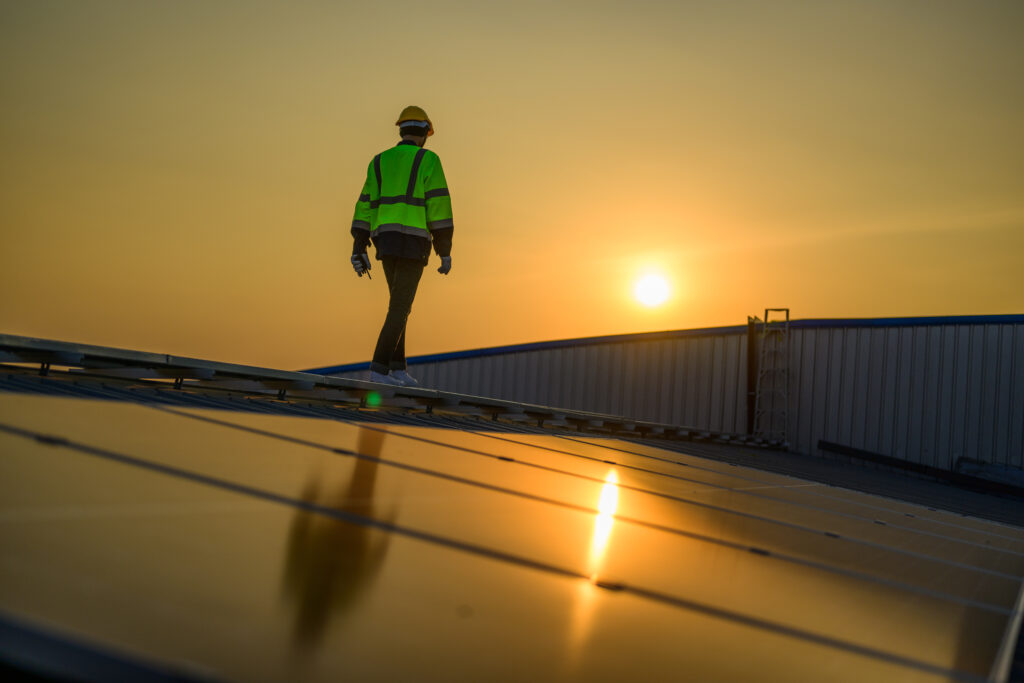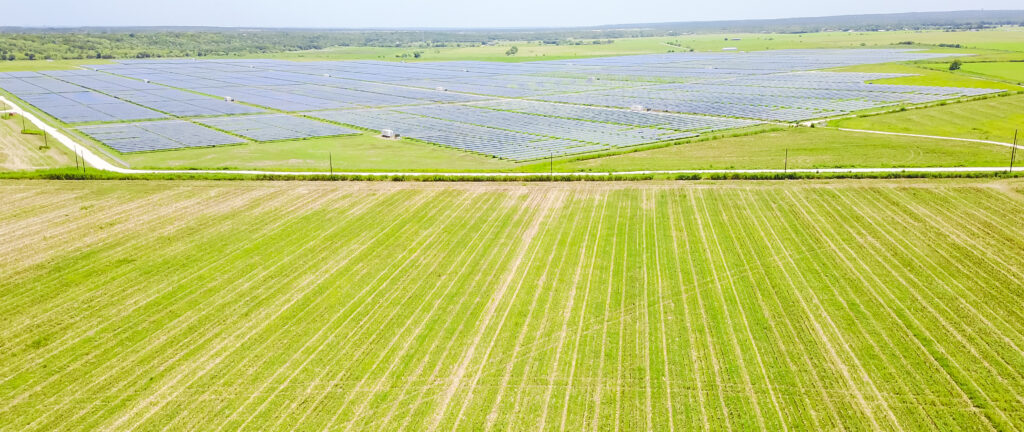Net metering and distributed generation play a crucial role in shaping the clean energy landscape in Illinois. In a recent Illinois Power Agency Power Hour webinar, key updates and implications for distributed generation were discussed, shedding light on the evolution of net metering policies in the state.
The History of Net Metering in Illinois
Illinois has a rich history of net metering policies dating back to P.A. 95-420 in 2007, which established net electricity metering to encourage private investment in renewable energy resources. Subsequent legislative acts such as P.A. 97-616 and P.A. 99-0906 further expanded and refined net metering provisions, setting the stage for the transition to a more value-based compensation system under P.A. 102-0662, known as the Climate and Equitable Jobs Act (CEJA).
Current Net Metering Landscape in Illinois
Today, Illinois net metering allows for the compensation of self-generated electricity by customers, with excess credits rolling over to offset electricity usage in subsequent periods. Qualifying systems range from solar electric energy to hydroelectric energy, with different metering requirements based on customer billing methods.
The Transition to Net Metering 2.0
Illinois is undergoing a transition to what is referred to as Net Metering 2.0, characterized by a shift towards value-based compensation for distributed generation. The CEJA legislation eliminated the 5% threshold previously in place, setting a deadline for the end of retail rate net metering for new customers by January 31, 2024. Customers applying for net metering after January 1, 2025, will receive credits at the supply charge and be eligible for a distributed generation rebate under revised provisions of the Public Utilities Act.
Midwest Case Studies and Policy Evolution
Across the Midwest region, states like Indiana, Iowa, and Michigan have taken varied approaches to distributed generation compensation policies. From legislative replacements of net metering to transition plans based on the value of solar and smart inverter technologies, these case studies provide insights into the evolving landscape of clean energy policies in the region.
Looking Ahead
The Net Energy Metering 2.0 (NEM 2.0) policy, while intended to update the solar energy compensation framework, has drawn criticism for aspects that are perceived as less favorable for consumers. One of the primary concerns is the introduction of new charges and fees, such as non-bypassable charges and interconnection fees, which can erode the cost savings that consumers traditionally gained from installing solar panels. Additionally, the policy may reduce the compensation rate for excess energy that consumers feed back into the grid, making the return on investment for solar systems less attractive. Another contentious point is the potential for time-of-use (TOU) billing, which could further complicate the financial calculations for consumers by paying less for the energy they generate during off-peak hours, when solar production is high, and charging them more during peak hours, when they are more likely to draw from the grid. These factors combined can extend the payback period for solar installations, dampen the incentive for adopting renewable energy, and potentially slow down the pace at which consumers embrace solar power.


